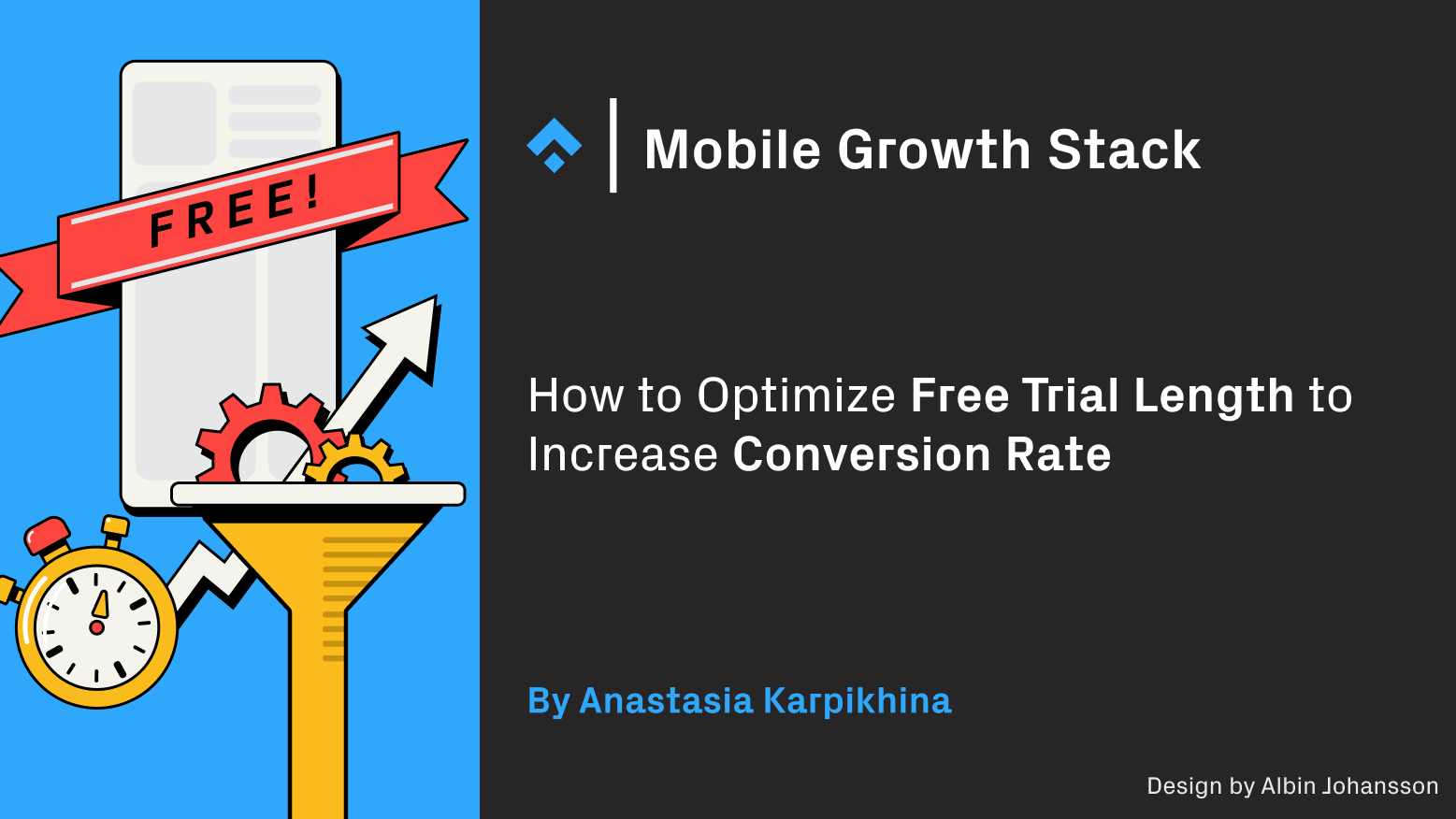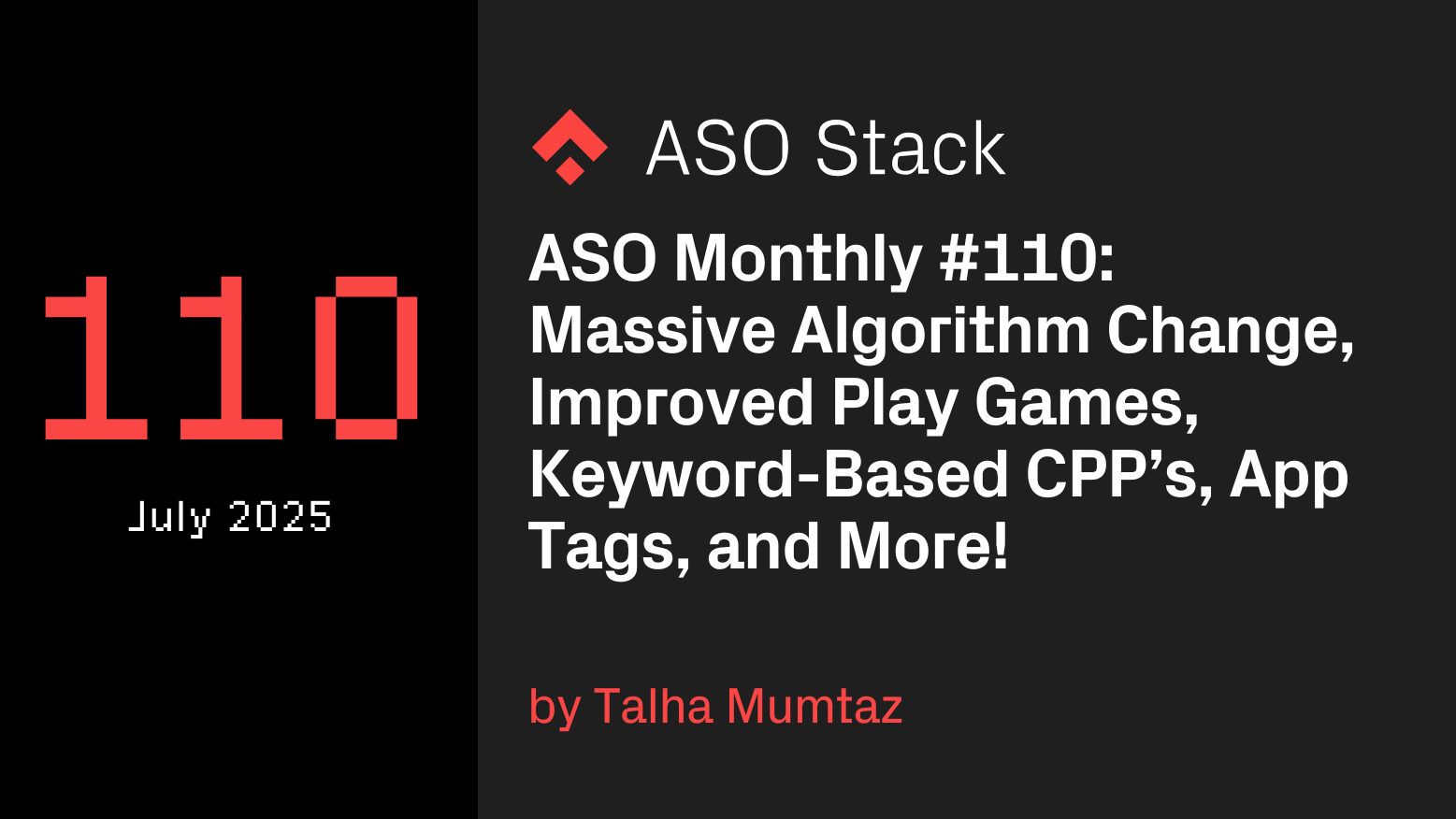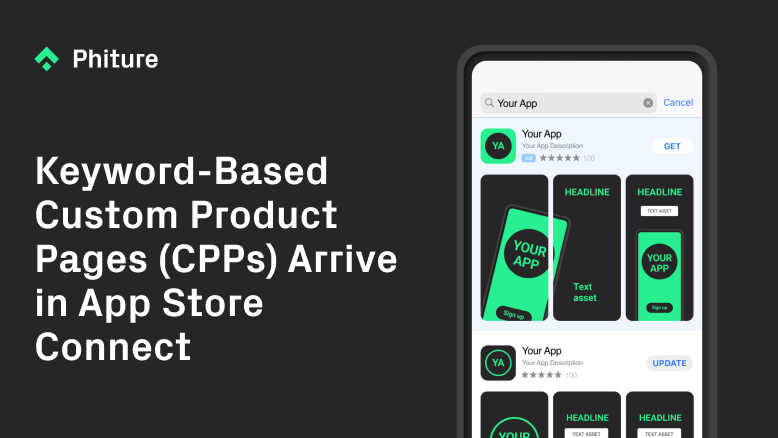
In many organizations, especially large, brand-driven ones, it’s not a lack of insights that holds teams back. It’s the operational inefficiencies in how things get done.
Data-driven growth teams often sit on valuable information: channel performance insights, CRM segmentation ideas, ASO diagnostics, onboarding analysis, the list goes on. But despite the availability of data, momentum stalls, and ad-hocs pile up. Projects that could unlock meaningful gains sit in the backlog. Weeks pass. Tests and reviews get pushed back.
It’s rarely because people aren’t capable.It’s often the growth team operations environment that slows things down.
This gap between insight and action is not unique. A Forbes Council article highlights how many companies face a disconnect between gathering data and actioning insights that drive real results.
Data Activation for Growth: What Gets in the Way?
When it comes to data activation for growth teams, several patterns appear again and again in client work:
- Long approval chains with too many points of contact and unclear decision-making.
- The brand and growth team operations are pulling in different directions.
- No shared sprint rhythm between teams and stakeholders.
- Insights sitting in dashboards with no direct owner to act on them.
- Creative or legal bottlenecks are delaying execution.
- And sometimes… frustration disguised as “consistency” or “risk awareness.”
We fully understand the importance of brand integrity. Strategic brand building is essential. But operational gaps can be just as damaging as poor strategy, especially when they block fast action on mobile growth strategies.
As said in the OWOX podcast, empowering teams to not just gather but activate data is now critical for maintaining a competitive edge.
These blockers often emerge in well-intentioned cultures with big ambitions. But left unchecked, they sap energy, delay learning, and make it harder for strong teams to achieve high-velocity growth.
The Hidden Cost of Operational Drag
At Phiture, we often quantify the impact of operational inefficiencies—not to assign blame, but to surface what’s being missed.
That onboarding test that keeps getting bumped? It might have reduced drop-off by 5%.
That backlog of metadata changes for ASO? It could have netted an extra 2,000 monthly installs.
That abandoned CRM automation idea? That’s customer lifetime value (LTV) left on the table.
The hidden cost of doing nothing is real and, over time, outweighs the perceived risks of imperfect action. When insights sit dormant, the gap between data and action becomes an invisible but costly liability.
A Cultural Shift, Not Just a Process Fix
The ability to turn data into action for mobile growth strategy isn’t just a process optimization, it’s a cultural evolution.
It requires:
- Cross-functional trust.
- Shared goals across brand and growth teams.
- A mindset that values experimentation and learning velocity over perfection.
This shift isn’t optional if your goal is sustainable data-driven decision making.
It means rethinking what a “final version” even looks like.
It means moving forward when 80% of stakeholders are aligned instead of waiting for 100%.
It means building operational rhythms where actioning data insights happens before the moment passes.
The fastest-growing companies optimize for speed as a strategy, turning early insights into momentum while others hesitate.
What Helps with Team Growth?
Here are practical tactics we’ve seen help overcome operational blockers:
- Work in sprints.
Growth operations shouldn’t rely only on quarterly planning. Sprint-based work creates urgency, focus, and a natural momentum of testing. - Identify where friction lives.
Map the bottlenecks: approvals, asset creation, overlapping ownership. Overcoming organizational blockers starts by naming them. - Quantify missed opportunities.
Estimate the upside of the action to create urgency internally. Growth team operations move faster when the impact is visible. - Promote experimentation as a mindset.
Not every test needs to be perfect. Prioritizing speed and iteration teaches faster than over-polished strategy decks.
Final Thought
Data isn’t the problem. It never was.
The problem lies in the systems that bury good insights in backlog or indecision.
The teams that win are the ones who act:
They create a culture of experimentation, optimize for speed, and bridge the gap between signals and outcomes consistently.
This isn’t easy. But it’s worth the effort.
Because in a world where change is constant, operational excellence in acting on insights becomes one of the rare competitive advantages that growth teams can truly control.
FAQ
What is data activation?
Data activation refers to the process of turning collected data into actionable insights and strategies. Instead of simply gathering and storing information, data activation ensures insights are applied in real-world marketing, growth, and operational decisions to drive measurable outcomes.
Why do growth teams struggle to act on insights?
Growth teams often struggle due to operational inefficiencies like long approval chains, unclear ownership, creative bottlenecks, and misaligned priorities between brand and performance teams. These operational gaps prevent fast execution, even when strong data insights are available.
How do operational gaps affect data-driven decision making?
Operational gaps can slow down or completely stall data-driven decision making. When insights are stuck in dashboards with no clear path to action, growth opportunities are missed. Over time, the hidden cost of inaction becomes greater than the risk of imperfect testing or decision-making.
What are the common blockers preventing growth teams from moving faster?
Common blockers include:
- Lack of sprint-based work rhythms.
- Confusing decision ownership.
- Overly cautious brand review processes.
- Resource bottlenecks in creative or engineering teams.
- Cultural hesitation to test and learn quickly.Identifying and addressing these blockers is essential for operational excellence.
How can companies turn insights into action faster?
Companies can speed up the path from insights to action by:
- Working in agile sprints.
- Quantifying the potential upside of missed opportunities.
- Building cross-functional trust between brand, product, and growth teams.
- Promoting a culture of experimentation where speed and learning velocity are valued over perfection.
What is the hidden cost of doing nothing?
The hidden cost of doing nothing includes missed revenue, lower customer lifetime value (LTV), stalled feature adoption, and slower market learning. Over time, these missed opportunities add up and erode competitive advantage faster than most companies realize.
How does promoting a culture of experimentation help growth teams?
Promoting a culture of experimentation helps growth teams move faster, learn faster, and adapt to changes in user behavior or market conditions. It shifts the focus from perfect planning to practical testing, enabling teams to unlock growth opportunities before they fade.
Table of Contents












